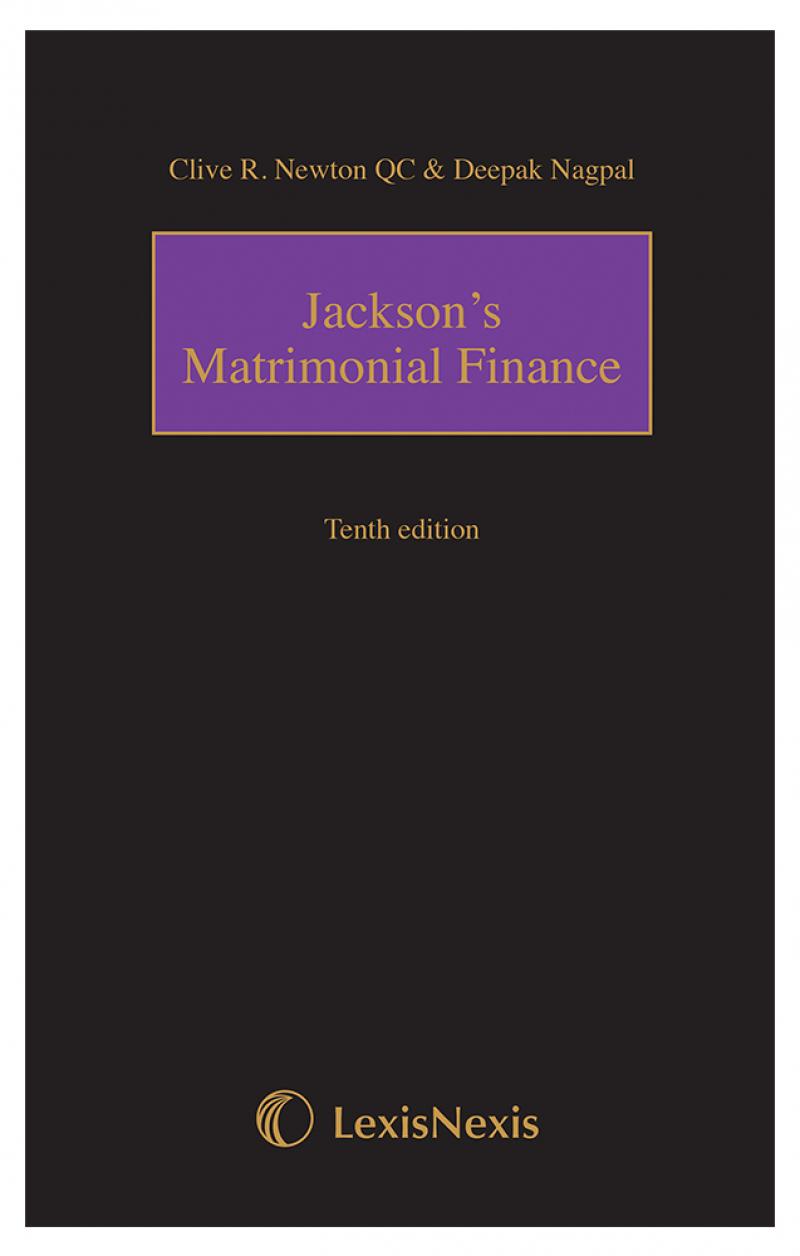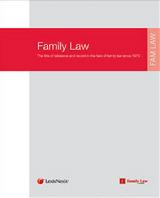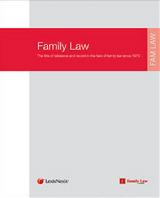- News & Comment
-
Online Shop
Online Services
Looseleafs
Law Reports
Books and eBooks
-
CPD & Events
Webinars
Events
- Authors
- About Family Law
- Contact












 28 MAR 2025
28 MAR 2025

 25 MAR 2025
25 MAR 2025

 25 MAR 2025
25 MAR 2025

 25 MAR 2025
25 MAR 2025

 25 MAR 2025
25 MAR 2025








Here we have two main policy recommendations. One is for the statutory confirmation of the abolition of the public policy rule that contracts contemplating a future (not actual) divorce are void - a change probably effected, albeit obiter, by the Supreme Court in Radmacher v Granatino. The second is for the introduction of ‘qualifying nuptial agreements' (to which readers may wish to refer as ‘QNAs' or ‘QNups'), which will enable couples to contract out of the sharing element of financial provision but not out of making provision for their children nor for each other's financial needs.
The introduction of qualifying nuptial agreements offers the parties, for the first time, the certainty that their agreement cannot be interfered with by the court, so long as needs are met and children adequately provided for. Qualifying nuptial agreements will be binding as regards an agreement not to share property beyond needs; the court will only have power to interfere with an agreement to the extent necessary to meet needs in the event that the agreement does not do so adequately. This represents a steep change in family law.
Qualifying nuptial agreements may be suitable for couples who are each independently able to meet their own needs; for example, couples marrying later in life.
Our other major recommendations relate to financial needs.
Most family lawyers we have heard from say they know what ‘needs' means, and many are resistant to definition; but there is no statutory definition, nor any indication of the objective to be pursued in meeting them. The lack of an objective means that there is scope for inconsistency in the courts' practice (and considerable evidence that there is inconsistency). More seriously, it means that the now vastly increased numbers of people who do not have access to legal advice are negotiating their own settlements with little or no idea of what they are supposed to be achieving. As things stand, around 8% of divorces result in a financial orders hearing before a judge and if anything that figure is set to go down further in the future.
We think that statutory reform would be both disproportionate and ineffective. What is wanted is rather a more consistent and conscious pursuit of what the courts are already, for the most part, achieving, together with a greater transparency that will help those who negotiate their own settlements to know what they should be aiming for.
We therefore recommend that the Family Justice Council should produce guidance about the meaning of financial needs, designed both to encourage consistent practice in the courts and to convey to the public what they should be aiming for in settling/negotiating/mediating the financial consequences of divorce and dissolution.
For the future, it may be that more can be achieved. Some jurisdictions - notably Canada - have introduced calculations that generate guidelines, which can be used as an indication of a range within which a court order might fall. Such calculations can be non-statutory, and they need not generate a single answer to the question ‘how much do I have to pay?': they might generate a range, indicating a maximum and minimum level of support within which parties can negotiate, knowing at least that they are ‘on the right lines'.
We have recommended that government should support further work in the future to investigate the possibility of achieving some guidelines by way of calculation. Such work can only be done if it is underpinned by robust and comprehensive research data.
For most couples, our recommendations about financial needs will have far greater impact. We have not recommended a change in the law about needs; but it is increasingly important to achieve consistency and transparency rather than leaving litigants in person - and those who do not litigate - in legal darkness. For those who cannot afford legal advice it is unhelpful to say that financial needs are something that family lawyers know when they see it. Our recommendation seeks to remedy that situation by making more consistent and transparent what is already happening.
The full version of the above extract appears in the March issue of Family Law.
An in-depth analysis of the report is available here.
The full report can be found on the Law Commission website http://lawcommission.justice.gov.uk.



